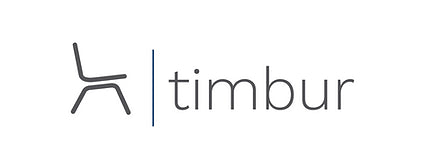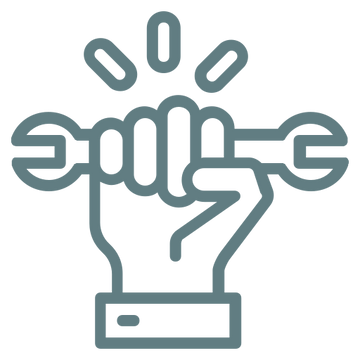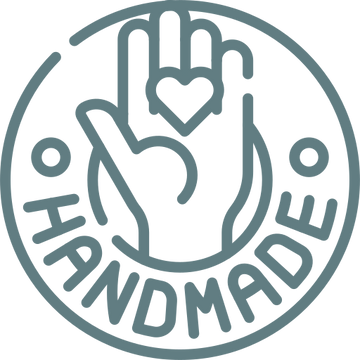An executive office needs careful planning to look both powerful and useful. A well-placed, large desk paired with comfortable chairs and good lighting helps create a strong work space. Rich wood, leather, and carefully chosen colors bring a sense of leadership through classic styling, while touches of glass and metal keep the look fresh and up-to-date. When these design pieces work together, they turn basic rooms into places where leaders can work well and make an impact. Looking closer shows how good design and authority work hand in hand.
Key Takeaways
-
Position a substantial desk with a high-backed leather chair as the room’s focal point to establish executive presence.
-
Install layered lighting combining natural daylight, overhead fixtures, and task lighting to create an impressive atmosphere.
-
Select rich materials like walnut wood, brushed steel, and glass to blend traditional authority with contemporary sophistication.
-
Incorporate deep blues and grays in decor elements to convey confidence and professional leadership.
-
Arrange comfortable guest seating strategically to facilitate both private conversations and collaborative team meetings.
Defining the Executive Presence Through Layout
An executive office’s layout helps build leadership presence while making teamwork easier in today’s workplace. The desk and chair placement creates a strong center point, and the open design helps team members work together easily. Big windows let in plenty of daylight, making the office look more professional.
A good meeting space within the office gives room for private talks and quick team meetings. The room’s colors and quality materials show leadership style, while comfortable chairs with back support help during long work hours. Small personal items like awards and keepsakes show skill and experience without taking over the space. This mix creates a room that shows both leadership and openness to others.
Balancing Traditional Authority With Modern Design
Balancing Old and New in Today’s Office Design
Today’s leadership offices need to blend old signs of authority with new design ideas. Modern workplaces use office furniture that shows both leadership strength and welcomes open talks through smart design choices.
Design features that help create this mix include:
-
Well-made wooden desks with storage space, plus height-changing options for flexibility
-
Lighting that looks classic but uses new power-saving technology
-
Simple colors with warm touches to make spaces feel both welcoming and business-like
-
Chairs that support good posture while looking refined
This mix of old and new creates a space that shows leadership but stays modern. Picking the right materials, colors, and furniture shows respect for business traditions while looking to the future.
Strategic Furniture Selection and Placement
Choosing and arranging office furniture for leaders needs careful planning to make the best use of space and create the right feeling. Big, solid desks with tall-backed chairs help show leadership, while quality wood and leather make the office look more professional.
The office layout focuses on making work easier by putting furniture in the right places, saving space while keeping a strong presence. Well-placed guest chairs or couches made of leather help make meetings more comfortable.
Modern offices now use furniture that can be moved and changed easily, so the space can be updated when needed. Using high-quality materials, smart furniture placement, and flexible design creates an office that looks important but stays practical. This way, the office remains both eye-catching and useful for daily work.
Lighting Elements That Command Attention
Lighting in offices helps show who’s in charge through smart use of both natural light and light fixtures. Big, eye-catching lights like chandeliers and hanging lamps make a strong first impression that backs up a leader’s position.
Built-in ceiling lights and movable light tracks make important room features and work areas stand out. Lights that can be made brighter or dimmer let leaders adjust the room’s mood for different needs. Desk lamps and standing lights near work areas help people focus better and work more effectively.
When sunlight works together with indoor lighting, it creates layers of light that make the office look more professional.
Color Psychology and Material Choices
Colors and materials in executive offices are chosen to show power while keeping a professional look. Today’s office designs use specific color combinations that mix simple, clean designs with careful interior choices. Dark blue and gray colors show confidence, while lighter, neutral colors help create a balanced office space.
| Material | Effect on People | Where It’s Used |
| Walnut Wood | Shows Leadership & History | Main Desk |
| Brushed Steel | Shows Precision & New Ideas | Storage Units |
| Glass | Shows Openness & Current Style | Space Dividers |
| Natural Stone | Shows Strength & Lasting Power | Wall Features |
High-quality materials in building projects need careful planning. Mixing leather, wood, and metal creates different levels of visual interest while making the space feel more leader-like. These design choices help people move easily through the space while keeping a high-end feel through well-chosen surfaces and textures.
Technology Integration for Leadership Excellence
Modern business leaders need well-planned tech tools that do more than just connect to the internet. When different tools work together well, they help leaders make better choices using real data and talk easily with their teams.
Meeting tools like smart boards and video calls help people work together from anywhere, while smart lights help keep people alert and focused.
Tools that track and measure office data show leaders how spaces are being used and how work gets done.
Easy ways to connect phones and tablets, plus wireless charging spots and digital helpers, make daily work smoother and faster.
Strong safety features, like fingerprint locks and protected data storage, keep important information safe without slowing down work.
This mix of technology turns the leader’s office into a central hub that makes leadership more powerful while keeping data safe and work running smoothly.
Frequently Asked Questions
What Are the 7 Factors of Great Office Design?
The seven key parts of great office design combine comfortable, body-friendly furniture, plenty of sunlight, open spaces for teamwork, clean and simple decor, smart storage options, well-chosen wall art, and quiet areas for focused work. These elements work together to create a space that looks good and works well for everyone.
How Do You Style an Executive Office?
Setting up an executive office needs careful planning. Start with a smart room layout, good lighting, and matching colors. Choose comfortable desk and chairs that work well together. Add tasteful art pieces, nice rugs or carpets, and suitable curtains or blinds. Make sure all tech equipment fits neatly into the space. Finish with a few personal items to make the office feel more welcoming.
How to Layout an Executive Office?
Place the desk sideways to windows for good lighting. Use comfortable chairs and furniture that support good posture. Keep filing cabinets and shelves against the walls. Set up computers and devices neatly, keep walking paths open, and split the room into work and meeting areas using matching colors.
What Should an Executive Office Have?
An executive office needs a comfortable desk and chair setup, a well-placed meeting table, quality chairs for visitors, good lighting, nice artwork, smart storage spaces, modern tech equipment, windows that let in natural light, useful work tools, and a clean, organized layout.
Conclusion
Executive office design balances authority and style through thoughtful workspace planning. By partnering with Timbur, leaders can create impactful offices using premium handcrafted furniture that commands attention. The right mix of natural materials, smart layout, and proper lighting builds an environment perfect for decision-making. When classic wood furnishings meet modern office needs, the result is a workspace that shows leadership while staying practical and efficient. Each piece of handmade furniture adds character and excellence to the executive setting.









